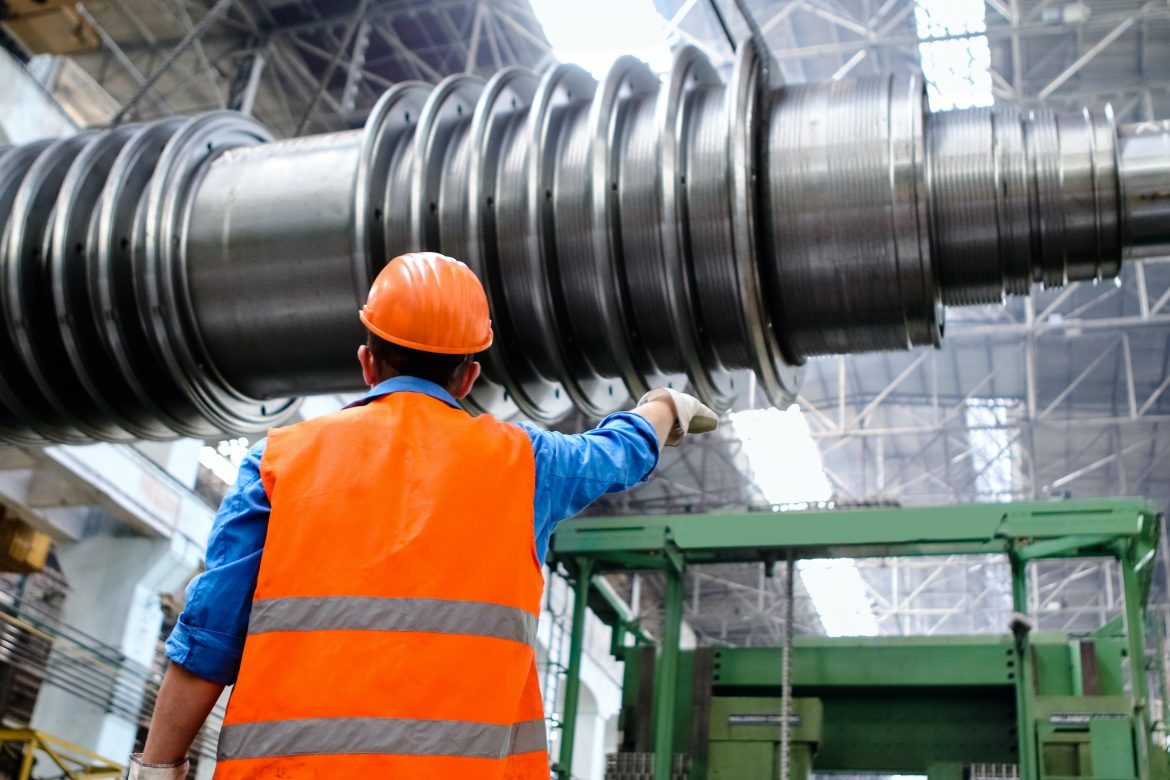Automation increases production speed
Many manufacturing sectors slowed down during the pandemic as demand for some goods dropped. This was undoubtedly true of heavy equipment manufacturers, since construction and mining companies faced disruption and mandated pauses. Now that parts of the economy are starting to rebound and demand is resurging, it’s time for businesses to consider the future.
For those who haven’t embraced it already, automation should be one of heavy equipment manufacturers’ priorities. In the past, it has been a helpful resource to give facilities an edge over competitors. Now, it’s less of a competitive advantage and more of a necessity.
Here’s a closer look at why heavy equipment manufacturers need to embrace automation.
Heavy Equipment Industries Need New Machines
Compared to other manufacturers, heavy equipment producers have historically faced lower demand. Many companies use machines for years before replacing them with newer models. As these businesses pursue new goals, though, older products won’t be sufficient anymore.
Construction and mining companies are waking up to the advantages of technologies like IoT connectivity. Contractors now want features like machine-to-machine communication, remote operation and even automation. Manufacturers will have to meet this demand, and automation can help them in that pursuit.
To capitalize on this shift, manufacturers will need to bring these products to market early. Without automation, they may not be able to produce this equipment fast enough. By contrast, with automation, companies can release new models as quickly as possible.
Heavy Equipment Applications Are Growing
Even without this surge in interest for new equipment, manufacturers still face rising demand. Industries that rely on heavy machinery have been growing for years before the pandemic struck. Now that many of these companies are starting to see more work again, this growth will resume.
Across the U.S., contractors start 1.2 million new housing projects a year, and that figure is steadily rising. Manufacturers will have to ramp up production in response, and without automation, that could prove difficult. To meet these rising needs without increased automation, facilities would need to hire more staff or install new lines, which could be expensive.
Embracing automation would enable manufacturers to produce more within the same space. While automated machines represent a higher initial cost than new hires, their lifetime expense is lower than an employee. Companies could even strike a balance between the two, adding both new workers and more automation.
Manufacturers Need to Be Flexible and Fast
If the pandemic has emphasized one thing, it’s the need for flexibility. Massive disruptions can come seemingly out of thin air, and if manufacturers aren’t flexible, it’ll lead to considerable losses. While automated tools are typically specialized, their efficiency and accessibility mean they can improve flexibility.
Since automation increases production speed, it enables manufacturers to adjust processes faster and with minimal disruption. Delegating tasks to machines also allows facilities to monitor and assess processes more closely. Machines can produce data points that lead to helpful analytics to drive responses to new challenges.
That said, manufacturers must plan for flexibility from the beginning. More than 40% of robot deployment costs come from programming and planning, so reprogramming machines could be costly. Companies should look for multipurpose, intelligent machines to enable easier, more cost-effective adjustments.
Automation Prepares Manufacturers for the Future
Automation is growing among mining and construction companies, and the manufacturers of their equipment should showcase the same trend. In the face of increasing demand and frequent changes, businesses need to embrace technology. Automation can help prepare them for the future.
The advantages of automation are nothing new. It was always advantageous, and now it’s moving past that to become a necessity. Heavy equipment manufacturers that don’t embrace it will likely fall behind in the coming years.
Bio:

Jane is the founder and editor-in-chief of Environment.co where she covers topics in green technology, energy and environmental sustainability.


